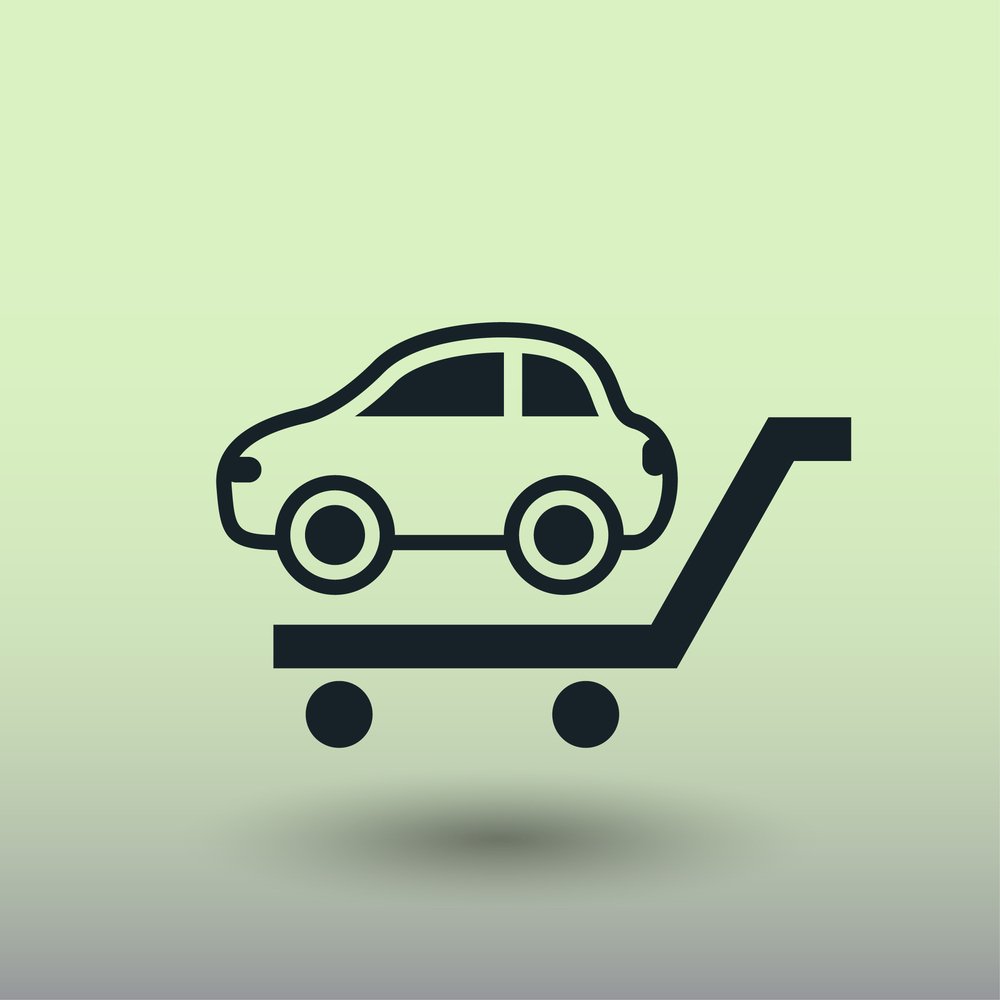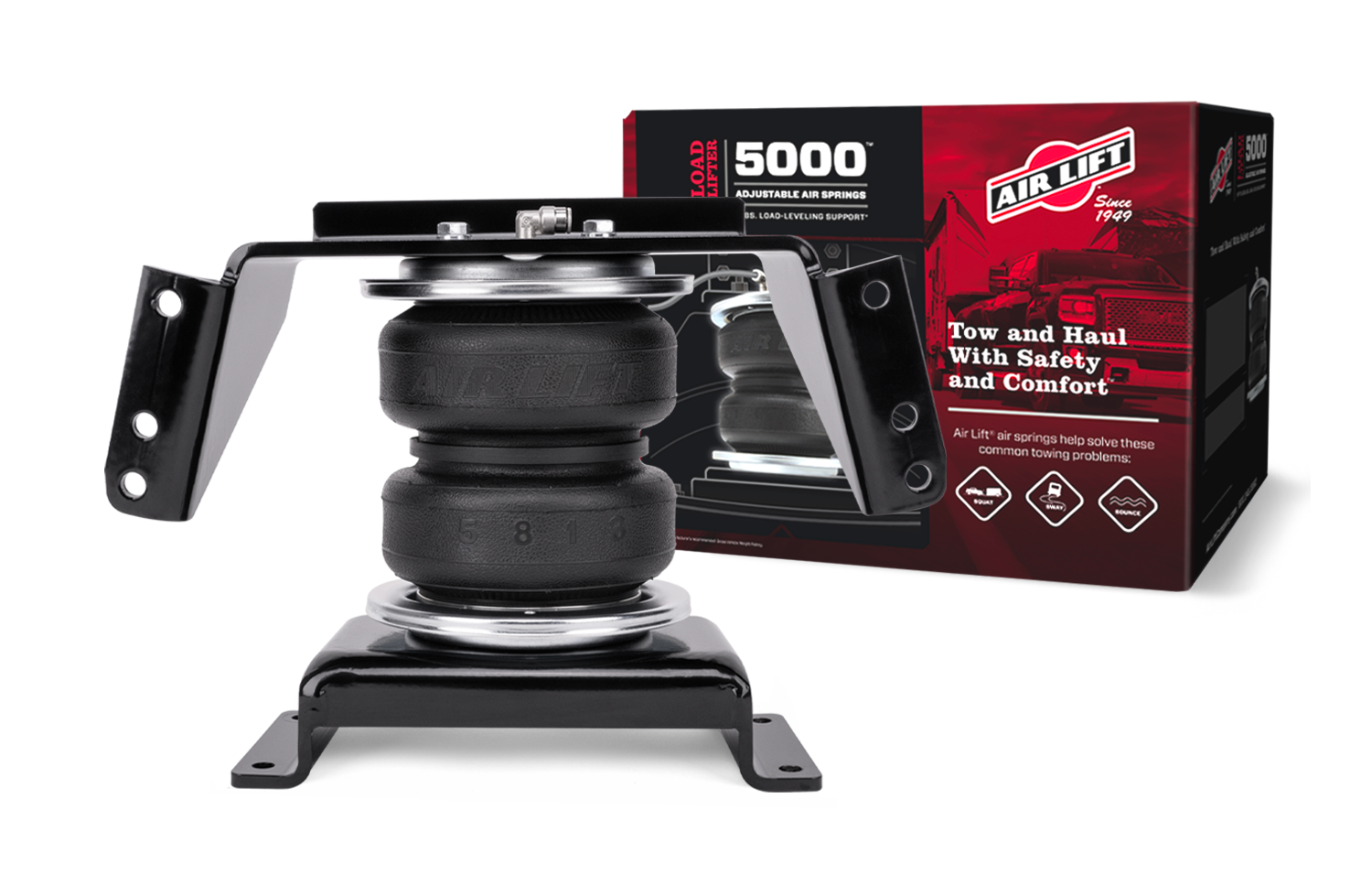
E-commerce auto parts market has experienced phenomenal growth, with sales exceeding $35 billion in 2023 in the United States — a 50 per cent increase over 2020 and more than triple the 2016 volume, according to Lang Marketing’s report, “E-commerce Auto Parts Sales Triple.”
Lang Marketing’s analysis divides the e-commerce auto parts market into three major categories: do-it-yourself (DIY), business-to-business (B2B), and online-to-offline (o2o).
DIY e-commerce involves auto parts purchases made by individuals rather than professional technicians or businesses. B2B e-commerce includes transactions between businesses such as distributors, retailers and installers. Online-to-Offline e-commerce covers the online purchase of auto parts that are then installed offline by authorized repair shops.
The report found big shifts in the e-commerce shares of these segments. DIY, which dominated nearly three-quarters of the e-commerce market in 2016, has seen its share decline to less than 60 per cent by 2023. In contrast, o2o volume has grown significantly, expanding its share by about two-thirds over the past seven years. Meanwhile, B2B transactions, though still representing the smallest share of the e-commerce auto parts market, have doubled in size since 2016.
Growth dynamics also vary widely among the three categories. While DIY sales captured the largest share of e-commerce product growth over the past seven years, their overall market share has diminished. Transactions in the o2o space, however, have taken a larger share of the total e-commerce aftermarket growth between 2016 and 2023 than their current market share reflects. B2B sales have similarly outpaced their market share in contributing to e-commerce growth during the same period.
The report also noted a shift in the sales channels for e-commerce auto parts, particularly between platforms and e-sellers. The shares of first-party (1P) and third-party (3P) segments of e-commerce auto parts sales have changed over the past seven years, reflecting broader trends in the marketplace.
Image credit: Depositphotos.com












Leave a Reply